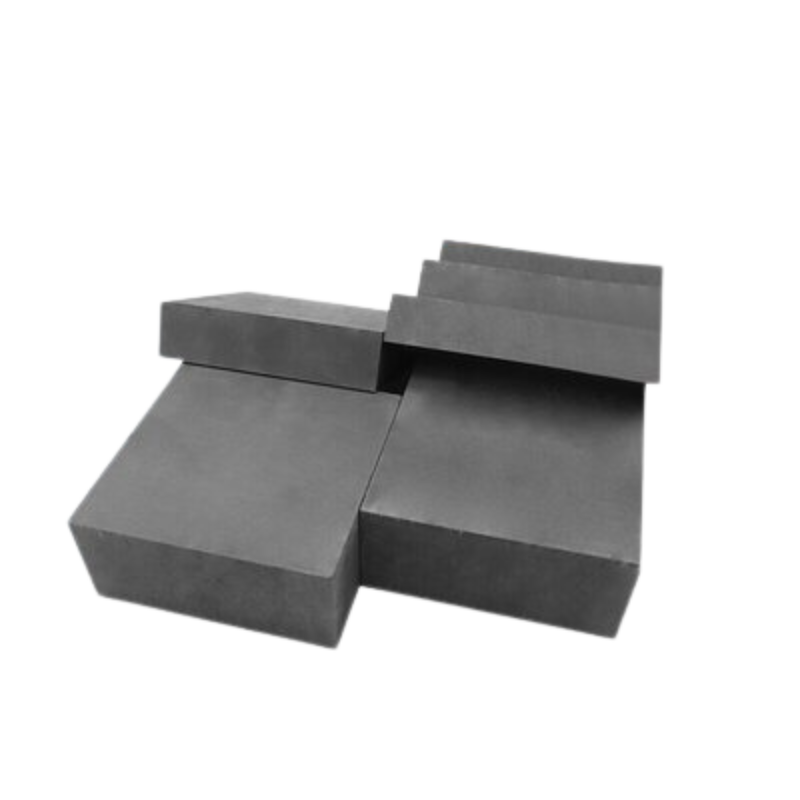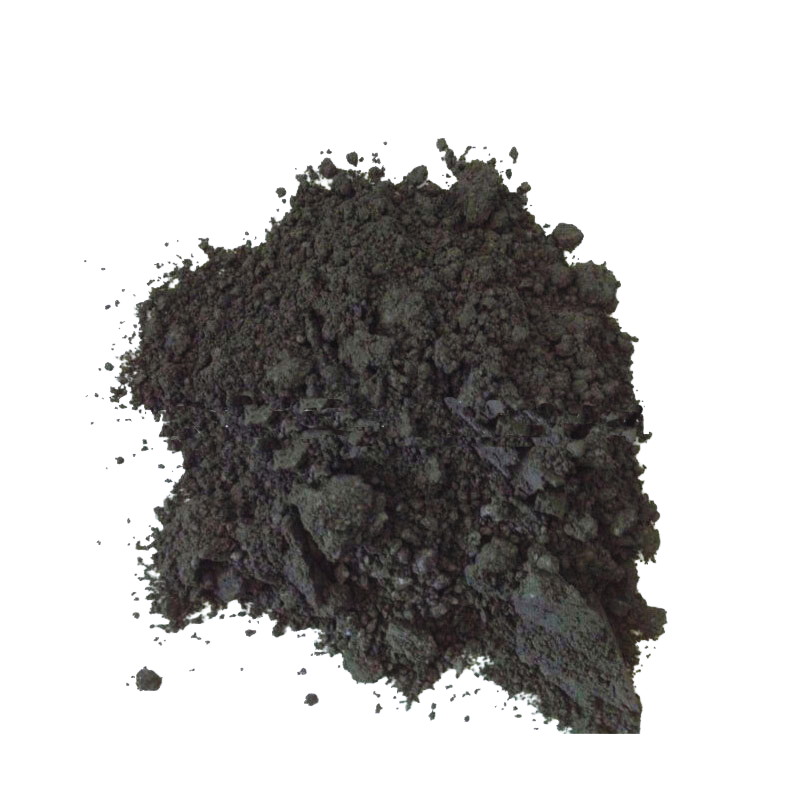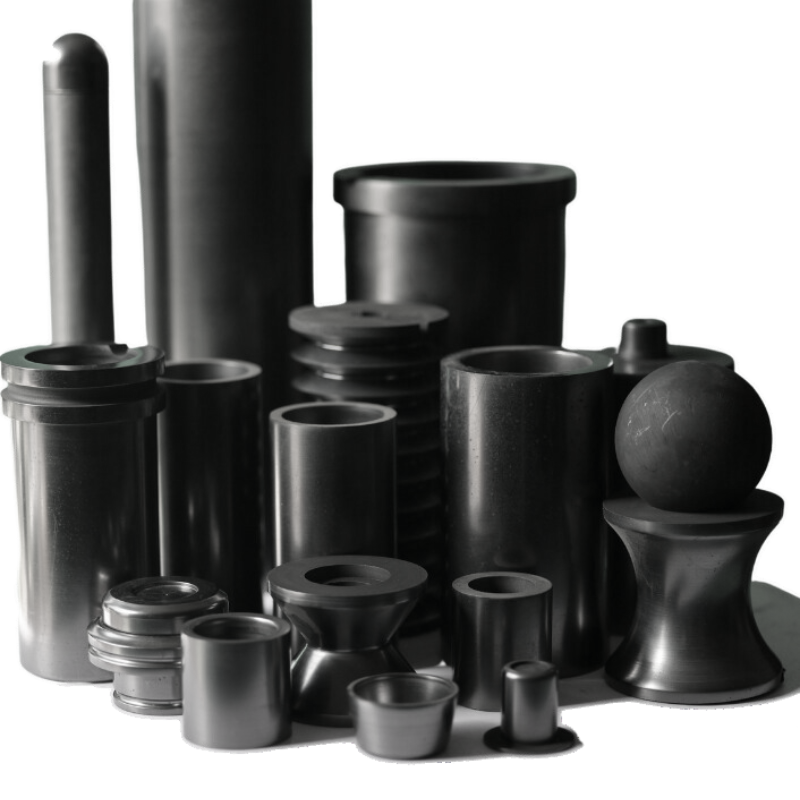In the dynamic landscape of manufacturing, the quest for sustainability has become paramount. Industries are increasingly recognizing the importance of minimizing their environmental footprint, and the realm of graphite mold production is no exception. Graphite molds play a pivotal role in various manufacturing processes, ranging from metal casting to glass forming. In this article, we will delve into the world of recycling and sustainability within graphite mold production, exploring innovative practices that not only enhance eco-friendliness but also contribute to a more sustainable future.
The Essence of Graphite Molds:
Before delving into the sustainable aspects, it’s crucial to understand the fundamental role of graphite molds. These molds are indispensable in shaping molten materials into desired forms, making them a linchpin in industries such as automotive, aerospace, and electronics. Their high thermal conductivity, low reactivity, and excellent machinability make graphite molds the preferred choice for precision casting and molding applications.
Challenges in Graphite Mold Production:
Traditionally, graphite mold production involves resource-intensive processes, and the disposal of used molds can contribute to environmental concerns. As industries strive to adopt more sustainable practices, the graphite mold sector faces the challenge of aligning with these global initiatives while maintaining performance standards.
Recycling Graphite Molds:
One innovative approach to address sustainability in graphite mold production is the implementation of recycling programs. Unlike some materials that are difficult to recycle, graphite lends itself well to recycling processes. Used molds can be reclaimed and reprocessed to create new molds, reducing the demand for virgin graphite resources.
The recycling process involves collecting discarded graphite molds, subjecting them to purification methods, and then reshaping them into new molds. This closed-loop system minimizes waste and significantly decreases the environmental impact associated with the production of graphite molds.
Advancements in Sustainable Materials:
In addition to recycling, the industry is exploring alternative materials and manufacturing techniques that prioritize sustainability. Researchers are developing composite materials that incorporate recycled graphite and other eco-friendly components, aiming to create molds with reduced environmental impact.
These sustainable materials not only contribute to resource conservation but also showcase the industry’s commitment to innovation. By adopting greener materials, graphite mold manufacturers can align themselves with evolving environmental standards and cater to a market increasingly conscious of the ecological footprint of the products they use.
Energy Efficiency in Production:
Another crucial aspect of sustainability in graphite mold production is the optimization of energy consumption during manufacturing. Implementing energy-efficient technologies and processes can significantly reduce the overall carbon footprint of graphite mold production.
From precision machining to heat treatment, manufacturers are exploring ways to streamline operations and minimize energy consumption. This not only benefits the environment but also translates into cost savings, making it a win-win scenario for both manufacturers and the planet.
Lifecycle Assessment:
To comprehensively address sustainability, the graphite mold industry is increasingly adopting lifecycle assessments (LCAs). LCAs provide a holistic view of the environmental impact of graphite molds, considering factors such as raw material extraction, manufacturing processes, product use, and end-of-life disposal.
By conducting LCAs, manufacturers can identify areas with the highest environmental impact and implement targeted strategies to mitigate these effects. This proactive approach ensures that sustainability initiatives are rooted in data-driven decisions, fostering a more responsible and eco-conscious industry.
Collaboration and Industry Standards:
To accelerate the adoption of sustainable practices, collaboration within the graphite mold industry is paramount. Manufacturers, suppliers, and end-users must work together to establish and uphold industry-wide sustainability standards. This collaborative effort can drive innovation, create economies of scale for sustainable materials, and pave the way for a more sustainable future for graphite mold production.
Conclusion:
In conclusion, the integration of recycling and sustainability practices within graphite mold production represents a crucial step toward a greener and more responsible industry. From recycling programs to the development of sustainable materials and energy-efficient manufacturing processes, the graphite mold sector is embracing innovative solutions to reduce its environmental impact.
As industries worldwide pivot towards sustainable practices, the graphite mold industry has a unique opportunity to lead by example. By prioritizing recycling initiatives, adopting eco-friendly materials, optimizing energy usage, and embracing lifecycle assessments, graphite mold manufacturers can not only meet the demands of a changing market but also contribute to a more sustainable and resilient future. As the graphite mold industry continues to evolve, these efforts will undoubtedly play a pivotal role in shaping a greener tomorrow.





